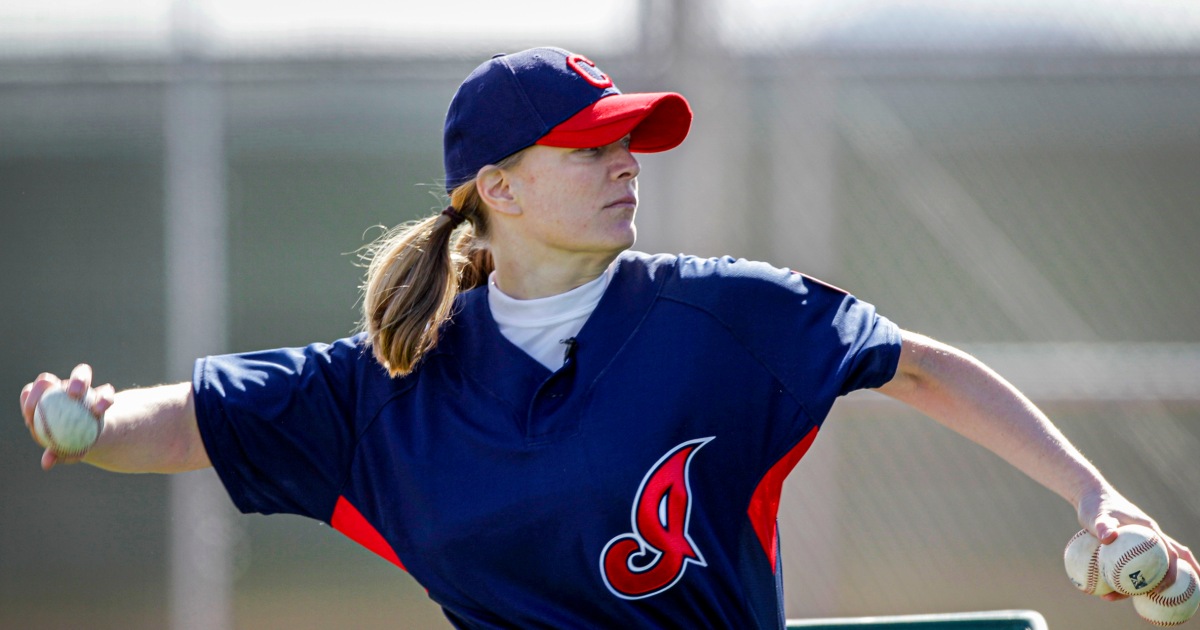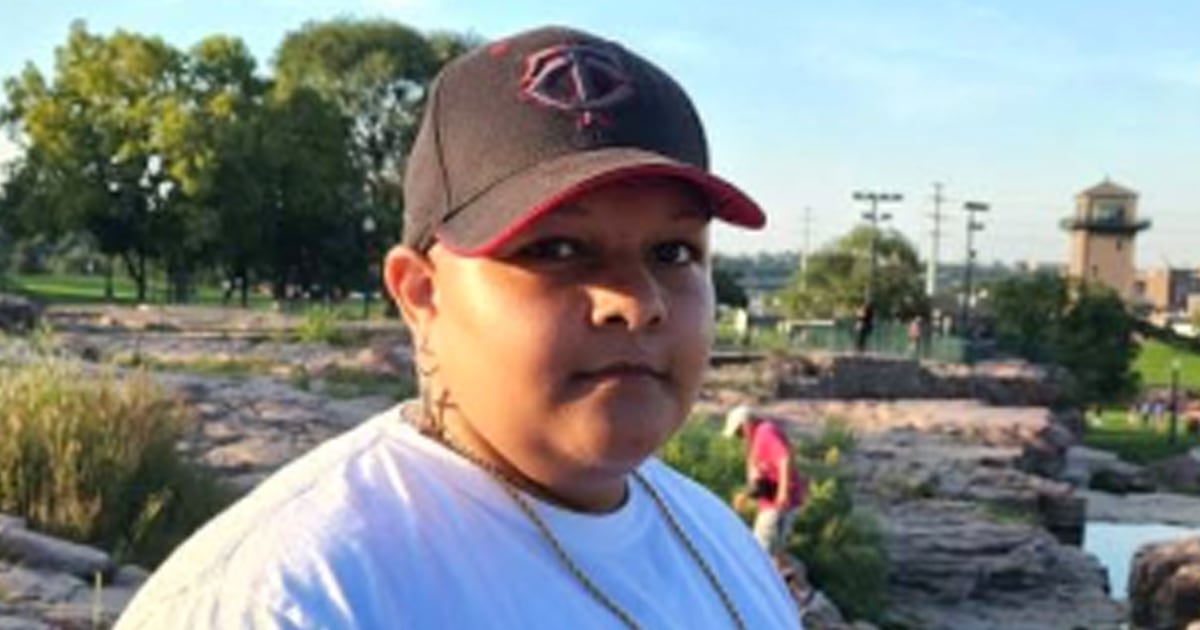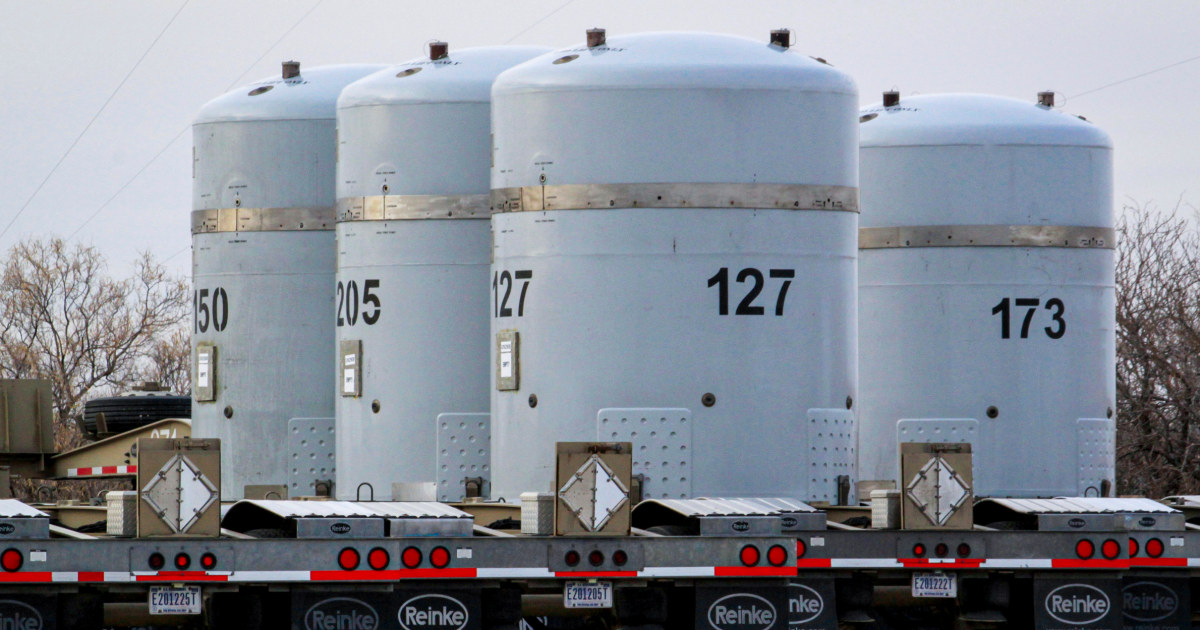It’s been nearly seven decades since women in the U.S. have had a league of their own.
By summer of 2026, however, the organizers of the newly announced Women’s Pro Baseball League (WPBL) hope to have six teams of women in caps and cleats, competing on diamonds that have been used almost exclusively by men for nearly a century and half.
The explosive growth of women’s college and pro basketball, along with the now-decadeslong popularity of women’s soccer, played a role in boosting baseball at this moment in sports history, WPBL co-founder Justine Siegal told NBC News on Friday.
“This is definitely a great time for women’s sports and pro sports as men and others have finally figured out how great women are as athletes,” said Siegal, who was the first woman to coach a Major League Baseball team when she joined the Oakland Athletics organization in 2015 and now runs Baseball for All, a nonprofit that promotes baseball for girls.
“So it’s just great time to showcase our baseball players,” Siegal said.
The Ruthian task of securing franchise owners, six Northeastern cities, stadiums and sponsors might pale in comparison to the league’s most basic need: players with experience in America’s pastime.
No state offers girls baseball as a high school sport, according to representatives at the National Federation of State High School Associations (NFHS). The NCAA and the NAIA have softball for women but not hardball.
Still, there were 1,372 high school girls who played on boys baseball teams across America last academic year, according to NFHS data.
That surprisingly large number still pales in comparison to the 471,761 boys who played baseball and the 345,607 girls who whipped softballs around the diamond this past spring.
Siegal insisted those 1,372 girls don’t accurately reflect the true talent pool of girls and young women playing hardball outside of school campuses.
“There are girls playing baseball and local leagues around the country right now,” Siegal said.
“The baseball community has already moved forward, growing the sport for girls,” she added, “and the WPBL is going to be able to give a pipeline for girls who are being told they should quit when now they know that they have a place that they could play in.”
Ila Borders, the 1990s college and professional baseball trailblazer, said she completely backs this effort to establish big league ball for women, but is surprised this bid is unfolding without a deeper amateur talent pool.
“I thought it would come that way [with more] high school [players] and then it would go college. And I felt like it was trying to take that route and then go pro,” said Borders, now a training captain for the Clackamas Fire District in Oregon. “But it seems like what they’re trying to do now is, ‘Hey, let’s go pro with these six teams,’ develop people, and then maybe it’s a trickle-down effect.”
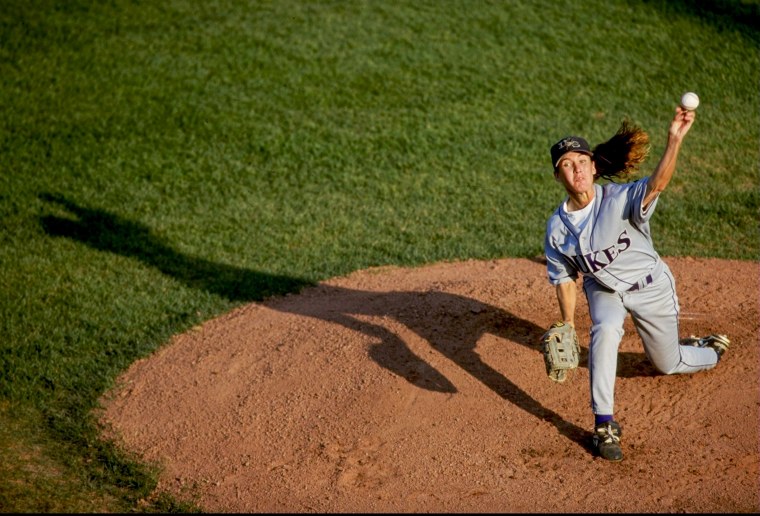
The U.S. women’s national baseball team is a mix of women who played top college softball or suited up alongside men on lower-division hardball teams.
In the gold-medal game of the WBSC Women’s Baseball World Cup this summer, which Team USA lost to Japan, softball players had a pivotal role.
The starting pitcher was Jillian Albayati, who plays both softball and baseball for Cal State San Marcos; the leadoff hitter was Florida International University softball infielder Ashton Lansdell, who scored two runs that day; and the No. 2 hitter was former University of Georgia softball star Alex Hugo, who drove in three runs.
Toronto attorney and businessman Keith Stein, Siegal’s partner in this venture, said he expects softball players, relatively new to baseball, will likely play a “significant role” on the rosters of those 2026 teams.
“It’s hard for me to crystal-ball that one, but I think there’s going to be a significant component of that, yes,” he said.
A pipeline for girls
The path to Major League Baseball is a straightforward run for boys and young men: travel ball and Little League in their youth; high school and American Legion ball as teens; being drafted after high school or following three years of college; and then enduring the long bus rides of the minor leagues before reaching the show.
Stein said he hopes the success of this new league will create a similar baseball pipeline for girls and young women in the not-too-distant future.
“We want to give young players something to aspire towards. We we want an appropriate baseball pipeline and infrastructure for female players to develop in the United States,” he said. “So that’s a very important part of our vision.”
The concept of women playing baseball isn’t at all foreign to casual American sports fans, moviegoers and TV watchers.
The All-American Girls Professional Baseball League provided women a field to play on during World War II and through the Korean War.
The league was fictionalized in the beloved 1992 film “A League of Their Own,” with Geena Davis, Tom Hanks, Lori Petty, Rosie O’Donnell, Madonna and director Penny Marshall.
And Fox drama “Pitch” — featuring Kylie Bunbury as the first female MLB player and Mark-Paul Gosselaar, best known for his role in “Saved by the Bell” — was well received during its short run in 2016-17.
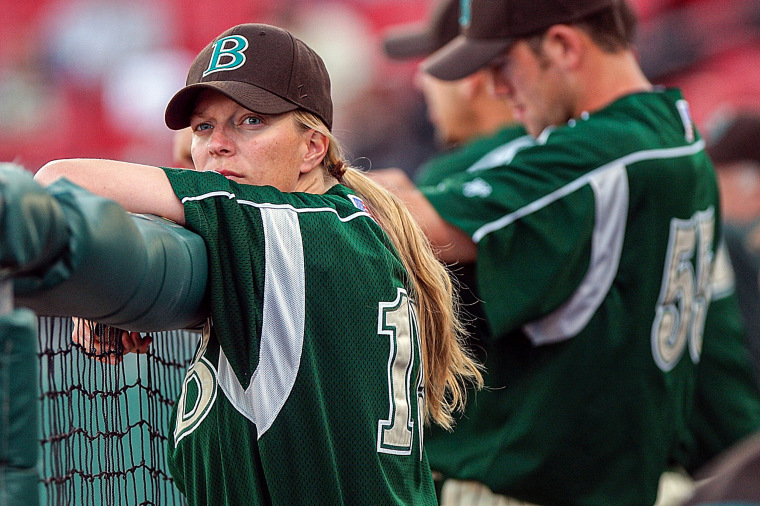
Siegal and Stein said they still have many decisions to make before their league takes the field in 2026, but they have outlined several key goals for its development:
- A player draft in November of next year.
- With the prevalence of two-way players, the roster will likely be far less than 26, the number typically suited up for an MLB game.
- The league aims to play approximately 40 games from May to August in college or minor league stadiums with the capacity for about 2,500 to 5,000 fans.
- Siegal said she’s leaning toward a seven-inning game, which is the standard for women’s international baseball.
- The organizers are mulling over the more intricate rules of the current MLB play, such as a pitch clock, shift bans and the universal designated hitter.
Virtually any decisions about rules, Stein said, will likely be driven by how those choices affect the game’s appearance on television or streaming platforms.
“If we don’t have the best possible TV product,” he said, “we’re just not doing our job.”


